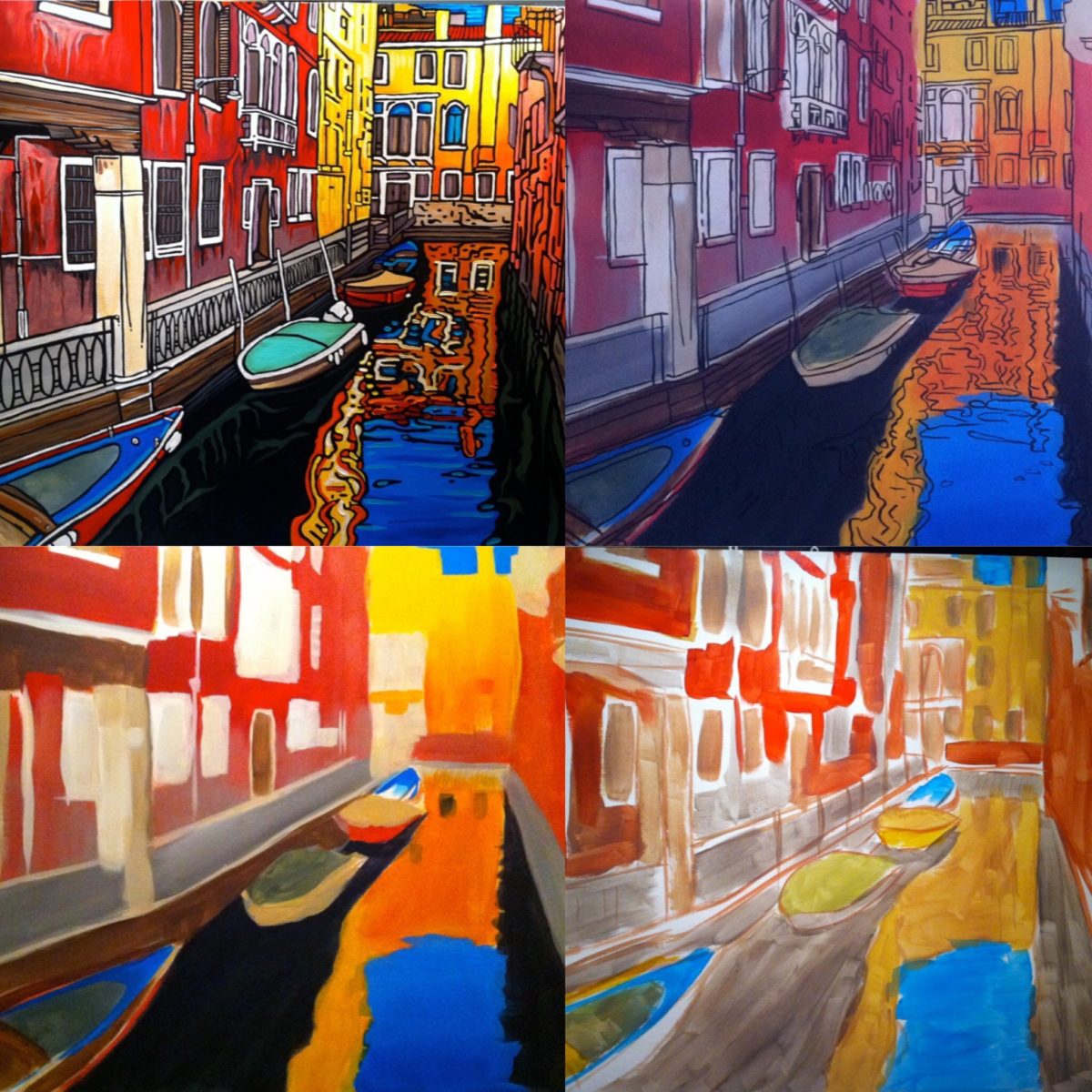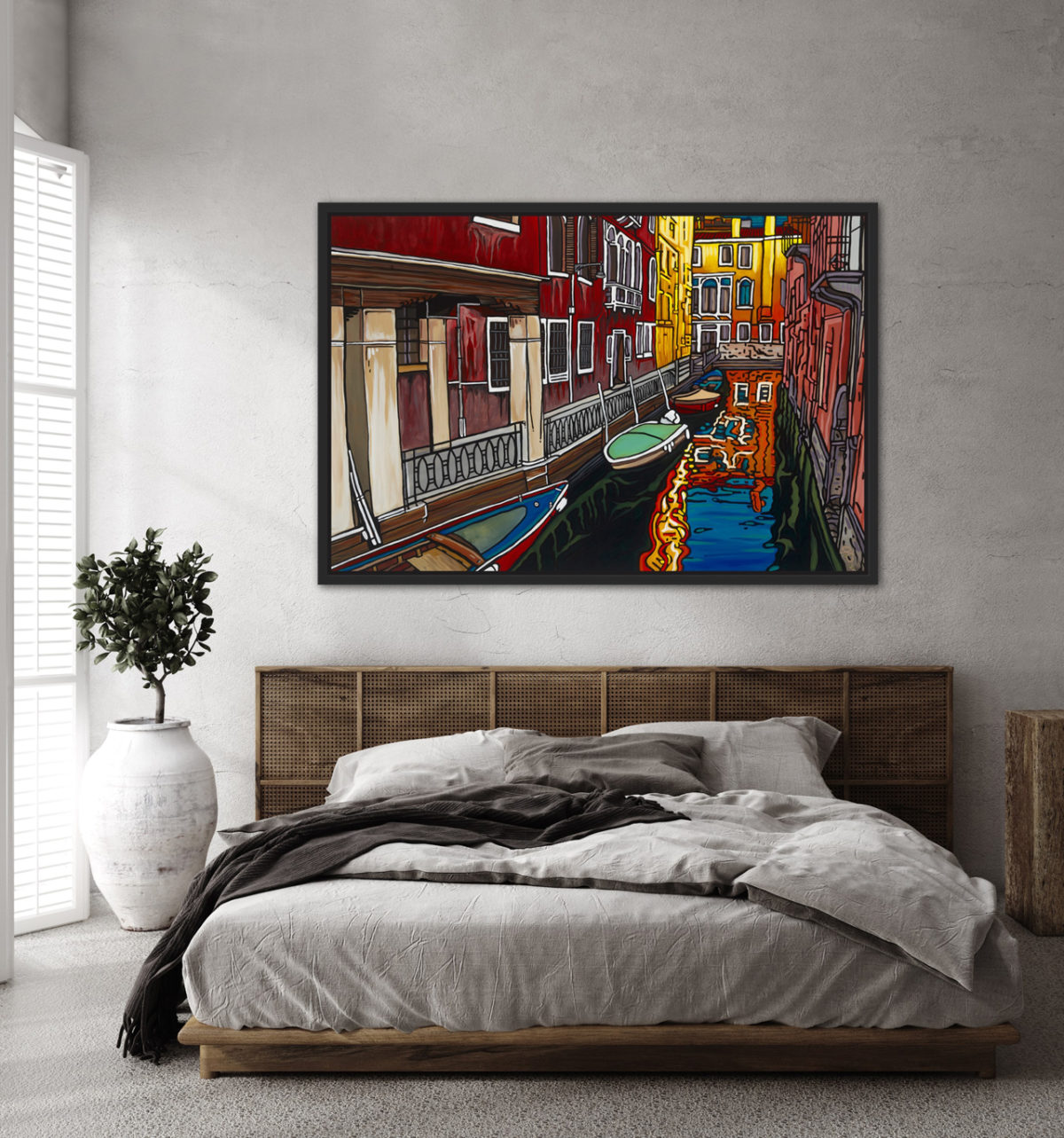As an artist, knowing when to stop painting and when a painting is truly finished can be a difficult and frustrating process. There is a fine line between continuing to work on a painting and overworking it, and it can be challenging to determine when that line has been crossed.
One way to know when it is time to stop painting is to step back and take a good, long look at the piece. Ask yourself if the painting is visually balanced and if the composition is pleasing to the eye. If the answer is yes, then it may be time to stop.
Another way to determine if a painting is finished is to think about the emotional response it evokes. Does the painting convey the mood or feeling that you were trying to capture? If so, then it may be time to stop.
Additionally, consider the technical aspects of the painting. Are the brushstrokes smooth and controlled? Are the colours blending well? If the technical aspects of the painting are on point, then it may be time to stop.
Of course, these are just a few ways to know when it is time to stop painting and when a painting is done. Ultimately, the decision to stop is a personal one and will vary from artist to artist.
For some, the decision to stop may come from a feeling of satisfaction and accomplishment. They know that the painting is complete when they can look at it and be proud of what they have created.
For others, the decision to stop may come from a feeling of frustration or exhaustion. They know that the painting is complete when they can no longer see any areas that need improvement or when they have reached their creative limit.
Ultimately, knowing when to stop painting and when a painting is done is a combination of skill, experience, and intuition. It takes time and practice to develop a sense for when a painting is complete, and every artist will have their own unique way of knowing.
In conclusion, knowing when to stop painting and when a painting is done is a crucial skill for any artist. It requires a combination of visual, emotional, and technical awareness, as well as a deep understanding of one’s own creative process. With time and practice, any artist can learn to know when it is time to stop painting and when their work is truly finished.
Thank you for your time. Jeff Dillon
#38 – Liquid Maze
Painting By Jeff Dillon, Original Size: 36″ x 24″
Venice, Italy. A beautiful landscape floating atop what feels like a liquid maze. Winding and intricate, this city is full of neverending sights and wonders. The buildings and the boats are highly decorated, flashing bright and vibrant colours. This piece features an evening view of a watery corridor. The water is painted in soft blue with orange and red details bouncing off of the surrounding buildings. The buildings are painted in rich clay tones.







